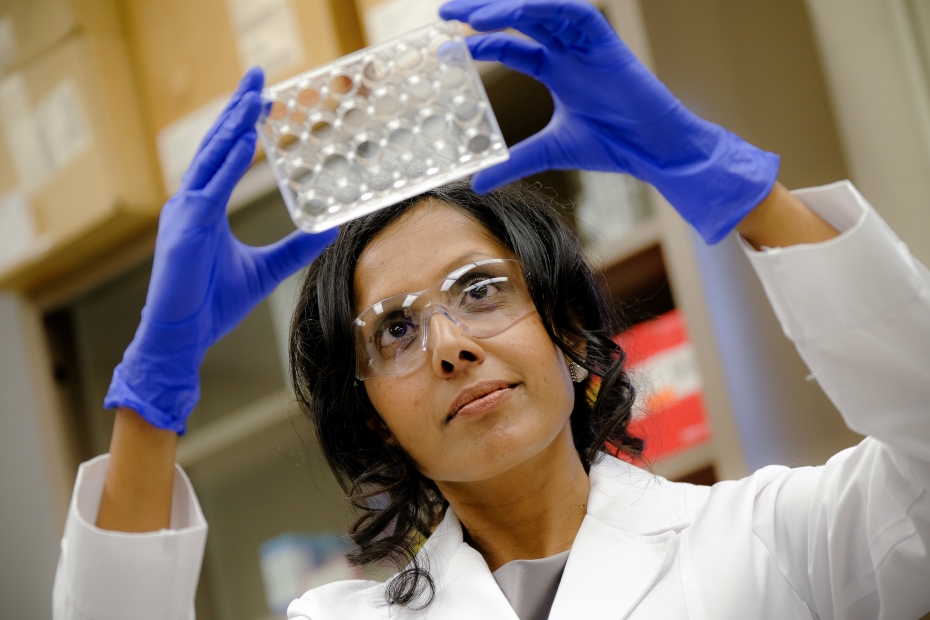
WINDSOR, Ont. — Advocacy from the University of Windsor’s Canadian Centre for Alternatives to Animal Methods (CCAAM) has helped shape a Bill that received royal assent Tuesday evening.
Bill S-5, an act to amend the Canadian Environmental Protection Act, includes revisions requiring the federal government to replace and reduce animals in chemical toxicity testing and to publish a plan within the next two years promoting the development and timely incorporation of alternative strategies for toxicity testing.
Charu Chandrasekera, executive director of CCAAM, was invited as an expert witness to testify in front of the House of Commons’ Environment and Sustainable Development committee and contributed language that was adopted in the final version of the Bill.
"Our current reliance on animal toxicity testing is based on techniques developed decades ago," said Dr. Chandrasekera, one of the 71 witnesses who spoke at the Standing Committee.
"Fortunately, the world is witnessing a global shift, embracing a versatile toolbox full of 21st-century technologies like organ-on-a-chip, 3D bioprinted tissue, and computational models to emulate human biology in a petri dish.
“With this landmark legislation, Canada now stands on the cusp of transformation, ready to leap forward into a new era of research and innovation."
The amendments to the Canadian Environmental Protection Act encourage the development and incorporation of scientifically justified alternatives to replace, reduce, or refine the use of vertebrate animals in chemical substance testing and assessment.
They also restrict the generation of data or investigations using vertebrate animals for assessing toxicity or the need to control substances unless it is not reasonably possible to obtain the data or conduct the investigation by other means, and it is necessary to protect the environment or human health.
Significantly, Chris Houser, Vice-President of Research and Innovation at the University of Windsor, said the amendments also include provisions to promote the development and implementation of non-animal methods that provide sufficient information for assessing risks posed by substances.
"The amendments to Bill S-5 will position the Canadian Centre for Alternatives to Animal Methods at the forefront of Canada's transformation towards modernized toxicity testing, shifting from animal-based methods to cutting-edge approaches based on human biology," Dr. Houser said.
